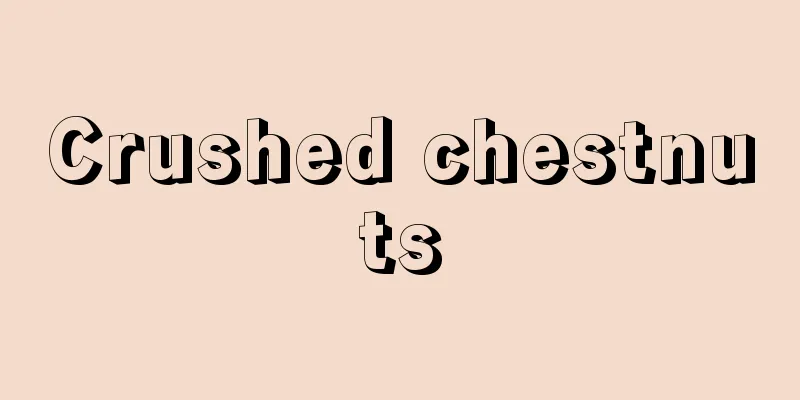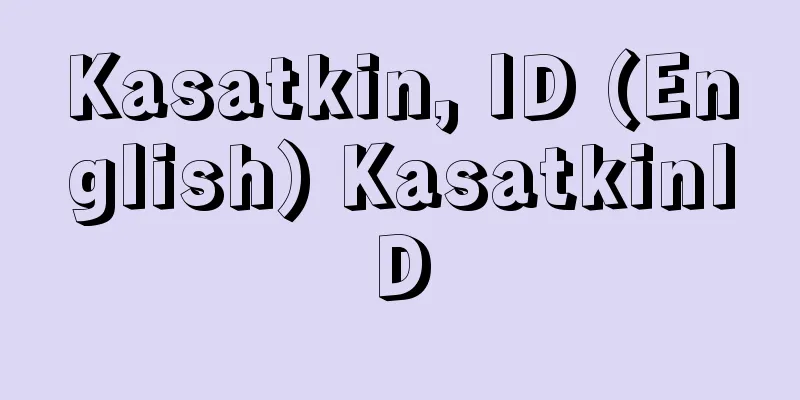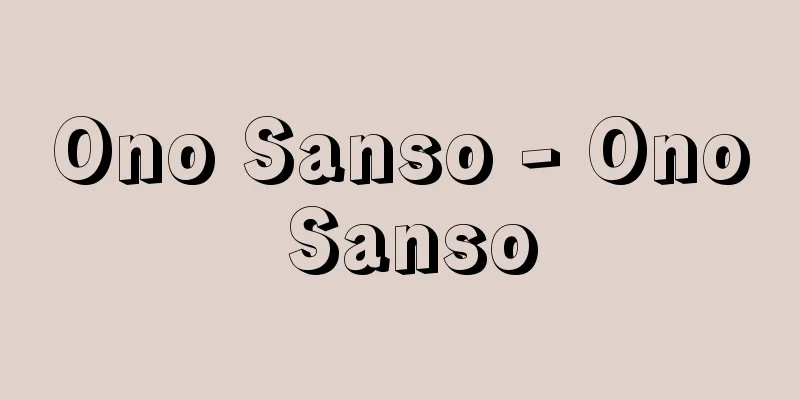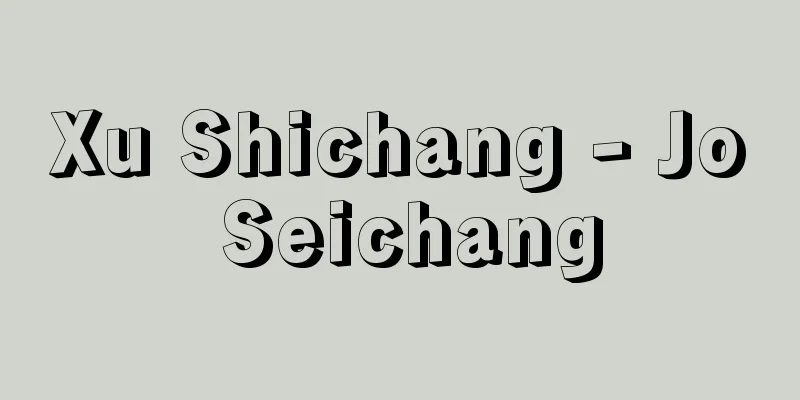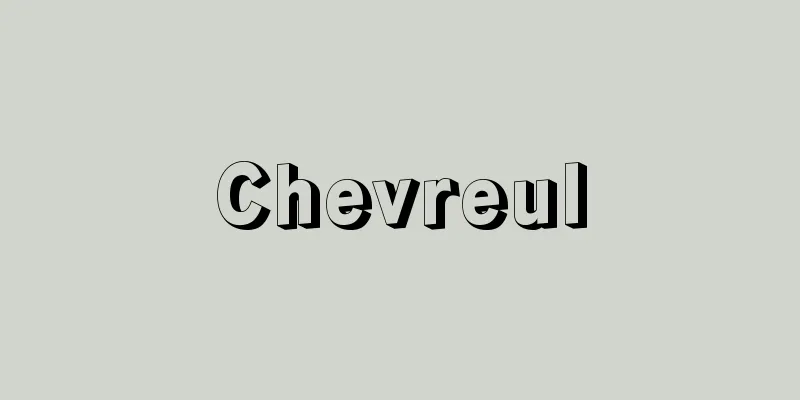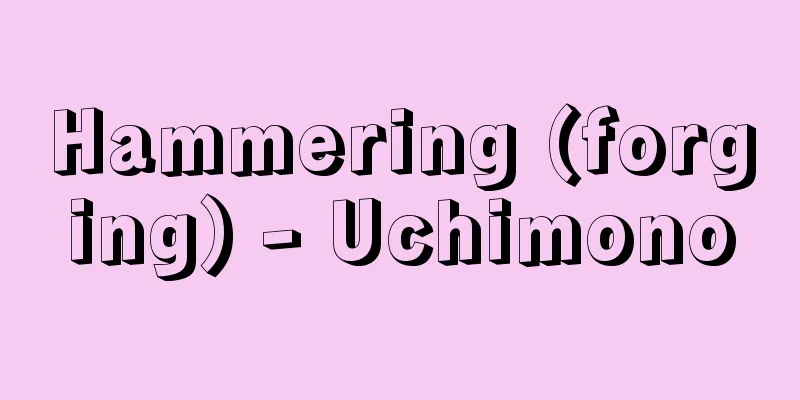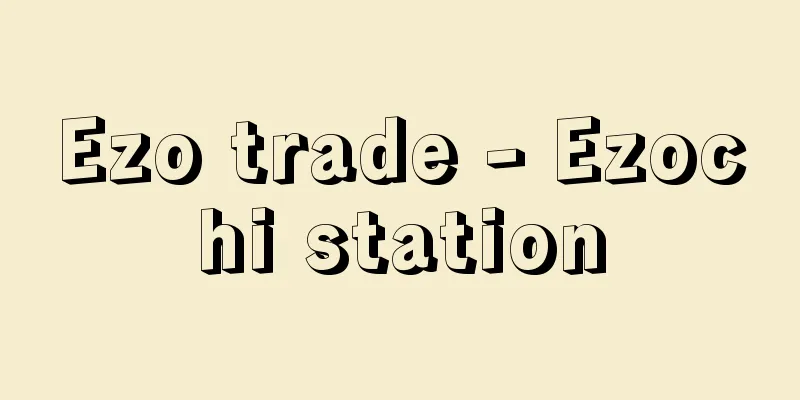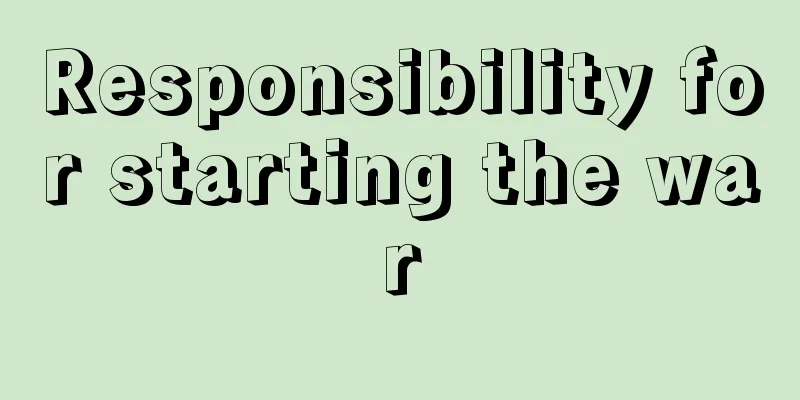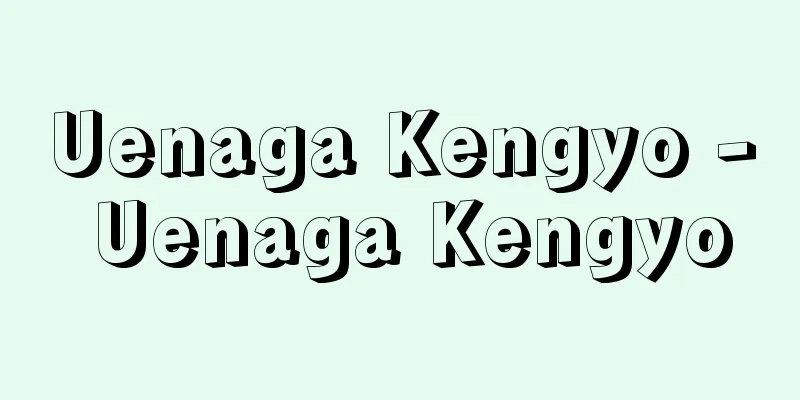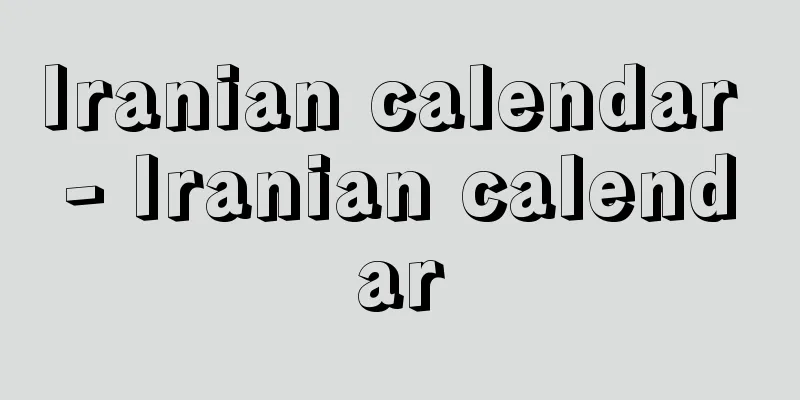Cuban Missile Crisis
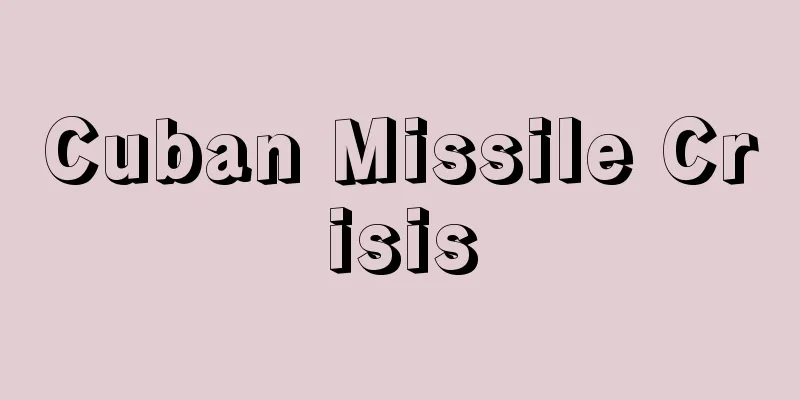
|
This incident occurred in October 1962 when the Soviet Union installed offensive missiles in Cuba. The US and the Soviet Union came close to confrontation over the prevention of the missiles, plunging the world into fear of the brink of nuclear war. At the time, the US's hostile policy towards Cuba was escalating, and the containment of Cuba was progressing, including the expulsion of Cuba from the Organization of American States in January 1962. In response, Cuba issued the "Second Havana Declaration" in February of the same year, emphasizing the need for revolution in Latin America, and the Cold War in the Western Hemisphere over Cuba had reached a peak. Under these circumstances, Cuba needed a powerful weapon - offensive missiles - to defend the revolution from counter-revolution and to support the promotion of revolution in Latin America. Meanwhile, the Soviet Union, which was deepening its relationship with Cuba, was considering installing offensive missiles in Cuba to counter the anti-Soviet missiles installed in countries surrounding the Soviet Union, as Premier Khrushchev expressed his intention to defend Cuba. In October 1962, the Kennedy administration of the United States, having confirmed that offensive missiles had been installed in Cuba, notified the Soviet Union on October 22 that it would blockade Cuba to prevent further missiles from being delivered, and demanded that the Soviet Union immediately remove the missiles from Cuba. The Soviet Union rejected this demand, and Cuba also denounced the blockade as an "infringement of sovereignty." Thus, on October 24, the United States began a naval blockade of Cuba, bringing the United States and the Soviet Union to the brink of conflict. However, negotiations were held at the request of Khrushchev, and the Soviet Union agreed to remove the missiles on the condition that the United States would not invade Cuba, and the crisis was averted. Because this settlement was reached without Cuba's permission, Cuban leaders became distrustful of Khrushchev, and this incident was a contributing factor to Khrushchev's later downfall. [Yuzo Kamo] "Kamo Yuzo (ed.), Documents of Modern History 11: The Cuban Revolution (Heibonsha, 1973)" Source: Shogakukan Encyclopedia Nipponica About Encyclopedia Nipponica Information | Legend |
|
1962年10月、当時のソ連がキューバに攻撃用のミサイルを設置したため生じた事件。ミサイルの搬入阻止をめぐって米ソ両国が対決寸前にまでいき、世界中を核戦争瀬戸際の恐怖に陥れた。当時、アメリカのキューバに対する敵視政策はエスカレートしており、62年1月には米州機構がキューバを除名するなどキューバ封じ込めが進んでいた。これに対してキューバも同年2月に「第二ハバナ宣言」を発してラテンアメリカでの革命の必要性を強調するなど、キューバをめぐる西半球での冷戦は一つの頂点に達していた。このような情勢のもとでキューバとしては、革命を反革命から防衛し、ラテンアメリカでの革命を促進するための支えとなる強力な武器―攻撃用ミサイル―を必要としていた。一方、キューバとの関係を深めつつあったソ連は、フルシチョフ首相がキューバ防衛の意志を表明するとともに、ソ連周辺諸国に設置された対ソミサイルに対抗して、キューバに攻撃用ミサイルを設置することを考えていた。 1962年10月、キューバに攻撃用ミサイルが設置されているのを確認したアメリカのケネディ政府は、10月22日、ソ連に対して、ミサイルがさらに搬入されるのを阻止するためキューバを海上封鎖することを通知するとともに、ソ連がただちにキューバのミサイルを撤去することを要求した。ソ連はこの要求を拒否し、キューバも海上封鎖は「主権に対する侵害」だとして非難した。かくして10月24日、アメリカによるキューバの海上封鎖が開始され、米ソは衝突寸前にまでいった。しかしフルシチョフからの申入れで交渉が行われ、アメリカがキューバへ侵攻しないことを条件に、ソ連がミサイルを撤去することに同意したため、この危機は回避された。 この解決はキューバの頭越しになされたものであったため、その後キューバの指導者たちはフルシチョフに対して不信を抱くようになり、フルシチョフにとってもこの事件はのちに失脚する遠因となった。 [加茂雄三] 『加茂雄三編『ドキュメント現代史11 キューバ革命』(1973・平凡社)』 出典 小学館 日本大百科全書(ニッポニカ)日本大百科全書(ニッポニカ)について 情報 | 凡例 |
<<: Kewpie - Kyu-Pi (English spelling) cupie
Recommend
Koga Gengo
Year of death: 25/03/1869 (05/06/1869) Year of bir...
Reversal Committee - Gyakuten Iinkai
…The members of a special committee serve until t...
Torikoshi New Year - Torikoshi Shogatsu
The ritual celebration of New Year's in the mi...
Mettler, E.
...The pursuit of higher precision in general bal...
Roche limit - Roche limit
If a planet or moon of a certain size approaches a...
Emil du Bois‐Reymond
1818‐96 German physiologist. As a boy, he studied ...
Hanging - Kara
《Hanging Contact Summary Meaning of "flying t...
Regional Administration - Koikigyosei
The establishment of wide-area administrative uni...
Worcester, J.
…It was the forerunner of English dictionaries in...
Kitazoe Kitsuma
1835-1864 A Sonno Joi activist from the end of th...
Midgard
…Until the early Middle Ages, people lived in sma...
Honda Tadakazu
A feudal lord in the late Edo period, a senior co...
Toxodon
…Together with the gliding reptiles, thunder rept...
Formica lemani (English spelling)
…[Masao Kubota]. … *Some of the terminology expla...
Escola, PE - Escola
…Then the mainstream of petrology shifted from de...
